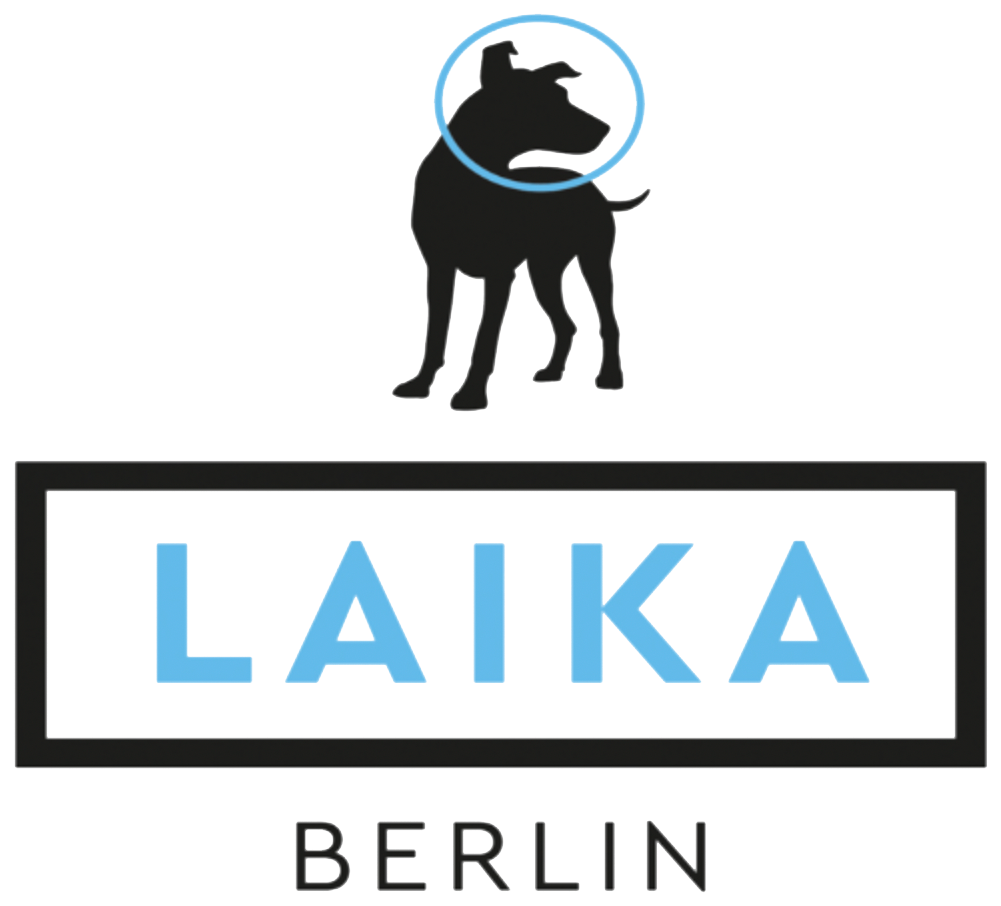THE REAR VIEW MIRROR: How do we measure success? Lessons learned over the last 30 years of work in the PR industry
By David Josephs
As the year draws to a close, one can’t help to take the opportunity to reflect and introspect—and as I think back on my career in public relations, which began over 30 years ago, one thing is clear to me: much has changed. And yet, I believe one thing that has not changed sufficiently, is how we measure the effectiveness of what we deliver for clients.
What we did in the 1990s
It might be instructive to consider what we used to do in the early 1990s. Typically, when we created our proposals, we would develop output targets. So, for example, the number of press releases we would prepare, the number of customer case studies, the number of opinion articles, and so on. There were of course no social media to target. I don’t think the word ‘blog’ had been invented yet.
Then, we would identify and list the journalists and analysts with whom we would endeavor to develop relationships. This would most likely be split into tiers. National newspaper journalists and key trade journalists would be in tier one, reflecting their level of influence.
We would state how many pieces of coverage we could deliver every month, sometimes proposing an ‘expected’ target and a ‘stretch’ target.
Some clients were interested in understanding the sentiment within each piece of coverage—was it positive, negative, or neutral? Clients most interested in measurement would pay for a detailed report which incorporated all of these factors along with the potential reach of the coverage.
Does PR drive business change?
What was missing then, and is most likely still the case, was any measure of how PR had contributed to meaningful change within the business. Had the coverage delivered sales leads? Had it led to sales growth? Had it contributed to other corporate objectives, such as recruitment? But more importantly, and where PR can be the driving force—had it changed opinions? Had it created trust? Had it built loyalty?
But in truth, it was a minority of clients that were prepared to commit budgets to measurement. Thus, the success, or otherwise, of a PR campaign was often reliant on other soft measures, such as whether there was a good agency/client relationship, or whether the agency was delivering better results than the previous incumbent.
It wasn’t very scientific 30 years ago, and I am not convinced it’s much better today.
When can we expect results?
There is another area where things have worsened over the decades. In the 1990s, whenever we were asked how long it might take to deliver meaningful results, I’d say it took six months. Sometimes it might be less than that, sometimes more, but that was the rule of thumb.
These days, so many companies will only commit to an initial three-month engagement. This is fine if it’s simply a case of testing the working relationship. But the chances of delivering seriously impactful results in less than three months are not great. There needs to more realism in this. Agencies shouldn’t pretend, clients shouldn’t expect.
The answer to these challenges of how to measure success and when to expect results is for businesses to put more thought into thinking about what they want to achieve from their investment in PR and communications. Specifically, what aspect of business change do they want the investment to address? Once we know that, we can have a mature conversation about what can be achieved, and when we can achieve it. Solutions such as investing in relevant market research, investing in qualitative journalist interviews, investing in PR crisis management, and more, could be considered.
While the manner in which companies engage with their PR companies still requires much improvement, like everything else in life, change is always around the corner. What better time, than the start of a brand-new year, for clients and their PR companies, to reflect and work together to find the best and most relevant solutions to measure success in the most meaningful of ways moving forward?
Thank you for reading my columns this year. Looking forward to returning next year and exploring fresh new topics and themes through my rearview mirror. Until then, wishing you a wonderful holiday season and a wonderful start of the new year.
Reading Recommendations!
And if you would like some reading material for the holidays, here are some details on the two non-fiction books I’ve enjoyed most this year:
The Expectation Effect: How Mindset Can Transform Your Life – by David Robson
I read this early in the year, and I loved it, as have many people to whom I recommended it. The title tells you what to expect. You won’t be disappointed.
Noise: A Flaw in Human Judgment – by Daniel Kahneman, Olivier Sibony and Cass Sunstein
How randomness and herd mentality can impact our personal, legal, political and organizational decision-making. How to avoid ‘they who speaks loudest’ decision-making bias.
David Josephs
ABOUT ME: I’ve worked in the PR industry for 30 years, and have advised tech companies of all shapes and sizes ever since. My experience extends across Europe, the US and the Middle East. My posts for Laika aim to share some of those experiences to help you make the most of your investment in PR. I’m proud to serve on Laika’s Board of Advisors, and support the team through training sessions and one to one guidance.


